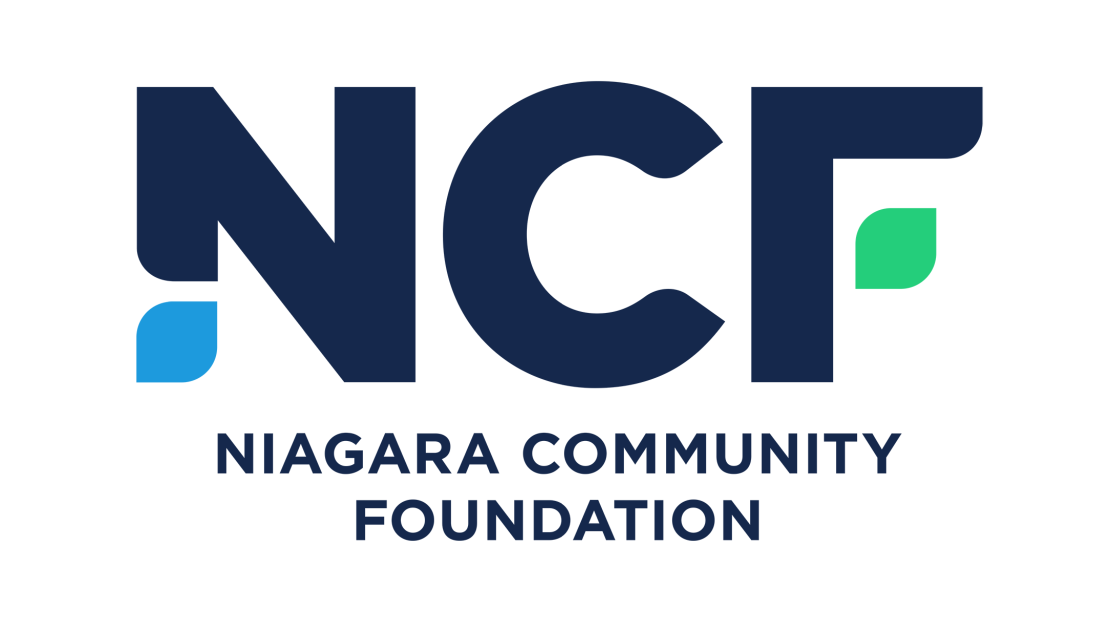In today’s fast-paced world, navigating the path to tension headache relief is a common challenge many of us face. These nagging headaches often emerge at the least convenient times, casting a shadow over our daily lives and productivity.
At PharmaChoice, we recognize the significant toll tension headaches can take on your well-being, and we’re committed to providing easy solutions, both naturally and in the form of pain-relieving medications.
This detailed guide delves into the nature of tension headaches and reveals proven relief strategies, empowering you to confront and manage these headaches effectively.
What Is a Tension Headache?
A tension headache, often described as a feeling of a tight band wrapped around the forehead, is the most common type of headache experienced by adults and adolescents.
This type of headache is characterized by a dull, aching pain on both sides of the head, which can vary in intensity but typically does not inhibit daily activities.
Unlike migraines, tension headaches usually lack symptoms beyond pain in the forehead, and are classified into two categories: episodic and chronic.
Episodic tension headaches occur less frequently, perhaps once or twice a month, and are often triggered by temporary stress, anxiety, or fatigue.
Chronic tension headaches, on the other hand, occur more regularly, at least 15 days per month over a period of three months. These can become a significant burden, affecting one’s quality of life and overall well-being.
Who Can Get Tension Headaches?
Tension headaches are a universal ailment, sparing no age or demographic. However, adults and teenagers are more frequently afflicted.
According to Migraine Canada, tension-type headaches affect 20% of people overall at any given time and 30 to 80% of people over their lifetime.
Furthermore, it’s been shown women tend to experience headaches at a higher rate than men, in part due to hormonal changes, according to Johns Hopkins Medicine.
Tension Headache vs Migraine
Distinguishing between tension headaches and migraine is essential for anyone seeking to manage their headache symptoms effectively.
Both conditions are prevalent, yet they have distinct characteristics that necessitate different approaches to treatment and relief. Here’s a more detailed comparison to help differentiate between the two:
Tension Headaches
- Pain Characteristics: The pain associated with tension headaches is usually described as a constant, dull ache that affects both sides of the head. It often feels like a tight band is wrapped around the forehead.
- Associated Symptoms: Tension headaches are generally not accompanied by other symptoms beyond the headache itself. There’s typically no nausea, vomiting, or significant sensitivity to light and sound.
- Duration: These headaches can last from 30 minutes to a few hours, but they do not usually prevent individuals from continuing with their daily activities, and can often be treated with over-the-counter medications.
- Triggers: Common triggers include stress, poor posture, and lack of sleep, among others.
Migraine
- Pain Characteristics: Migraine pain is often described as a throbbing or pulsating sensation that typically affects one side of the head. However, it can sometimes be experienced on both sides.
- Associated Symptoms: Migraines are known for accompanying symptoms such as nausea, vomiting, and extreme sensitivity to light and sound. Some individuals may also experience aura—visual disturbances that signal the onset of a migraine.
- Duration: Migraines can last anywhere from 4 hours to several days. The severity of the pain and accompanying symptoms can be debilitating, often requiring the individual to rest in a dark, quiet room.
- Triggers: Migraine triggers can include certain foods, hormonal changes, stress, and environmental factors such as weather changes or strong smells.
Understanding these differences is crucial not only for diagnosis but also for treatment. Effective management of tension headaches often involves lifestyle adjustments and over-the-counter pain relief, whereas migraines may require prescription medication and more targeted therapies such as biofeedback or acupuncture.
Tension Headache Causes – Is There a Known Cause?
While the precise origins of tension headaches are not fully understood, research has pinpointed a variety of triggers that seem to play a significant role in their development.
These triggers range from lifestyle choices to environmental factors, each contributing in its own way to the onset of a tension headache.
Identifying and understanding these triggers is a critical step toward formulating effective strategies for tension headache relief and prevention. Here are some of the most common culprits:
Tension Headache Triggers
- Stress: Often cited as the primary trigger, stress can lead to muscle tension around the neck and head. This physical response, coupled with the potential for stress to induce changes in brain chemicals, sets the stage for tension headaches.
- Alcohol and Caffeine: The consumption of alcohol and caffeine can have a direct impact on the body, including altering hydration levels and affecting the diameter of blood vessels. These changes can trigger the onset of a headache.
- Poor Posture: Spending long hours in front of a computer or looking down at a smartphone can strain the neck and shoulder muscles, leading to poor posture. This strain is a common trigger for tension headaches as it can cause muscle tension and misalignment that contribute to headache pain.
- Lack of Sleep: Adequate sleep is essential for the body to function correctly. A lack of sleep can disrupt bodily functions and increase the susceptibility to headaches, making it a notable trigger for tension headaches.
- Eye Strain: In our digital age, eye strain has become increasingly common due to prolonged screen time. This strain can lead to tension headaches, as the eyes work harder to focus, causing discomfort that extends to the head.
- Hormonal Fluctuations in Women: Women may experience tension headaches as a result of hormonal changes related to menstruation, pregnancy, or menopause. These fluctuations can affect headache patterns and severity, making hormonal changes a significant trigger for some women, as explained by Mayo Clinic.
Tension Headache Symptoms – What Are Common Symptoms?
Tension headaches, while not as severe as migraines, present a unique set of symptoms that can significantly affect an individual’s day-to-day life.
Recognizing these symptoms is crucial for seeking timely tension headache relief and managing the condition effectively. The most common symptoms include:
- Persistent Dull Ache: A continuous, dull pain that affects both sides of the head, often lingering in the forehead and temples.
- Forehead Pressure and Tenderness: Many individuals report a sensation of pressure or tenderness across the forehead, which can extend down to the scalp, neck, and shoulders.
- Difficulty Focusing: The discomfort from a tension headache can lead to concentration difficulties, making it hard to focus on tasks at work or home.
- Irritability: The constant pain and discomfort can affect your mood, leading to irritability or a short temper.
These symptoms can vary in intensity and duration, ranging from a mild annoyance to a significant hindrance that affects daily functioning.
Unlike migraines, tension headaches typically do not cause nausea or vomiting, and the pain is generally less severe.
Understanding these symptoms is a key step in managing tension headaches. By identifying the onset of a tension headache early, individuals can apply tension headache relief strategies more effectively, such as relaxation techniques, proper posture, or over-the-counter pain relief, to mitigate the impact of the headache on their quality of life.
Tension Headache Diagnosis
Diagnosis typically involves a physical and neurological examination by a healthcare professional. In some cases, imaging tests like MRI or CT scans may be recommended to rule out other causes of headaches.
Tension Headache Relief – 7 Preventative Tips
Fortunately, there are several effective strategies you can employ to reduce the risk of tension headaches. These methods can not only alleviate the pain when it arises but also address some of the underlying causes of tension headaches.
- Get Enough Sleep: Consistently aim for 7-9 hours of quality sleep each night. A regular sleep schedule helps regulate your body’s natural rhythms, reducing the likelihood of headache triggers.
- Exercise Regularly: Engaging in regular physical activity can significantly reduce stress levels and improve the quality of your sleep, both of which are beneficial in preventing tension headaches.
- Cut Heavy Daily Caffeine Use: If you consume a lot of caffeine, gradually reduce your intake to mitigate withdrawal symptoms, which can include headaches.
- Quit Smoking: Smoking cessation is challenging but crucial. Nicotine withdrawal and the physical act of smoking can both trigger headaches. Quitting smoking can lead to a significant decrease in the frequency of your headaches.
- Eat Nutritious Foods: A balanced diet rich in fruits, vegetables, whole grains, and lean proteins supports overall health and can help prevent the onset of tension headaches.
- Keep Stress Under Control: Implement stress-reduction techniques such as meditation, yoga, or deep-breathing exercises into your daily routine to help manage stress levels and reduce the occurrence of tension headaches.
- Improve Your Posture: Maintaining proper posture, especially if you work at a desk, can prevent the muscle strain that often leads to tension headaches. Ensure your workstation is ergonomically set up to support good posture.

Tension Headache Treatment – How It Is Usually Treated?
When it comes to treating tension headaches, several effective methods can provide relief:
- Massage: Gently massaging the temples, neck, and shoulders can help to relieve the muscle tension that contributes to headache pain.
- Acupuncture: This traditional technique has been shown to be effective in treating various types of pain, including tension headaches.
- Ice or Hot Packs: Applying ice packs to the neck and shoulders can reduce inflammation and numb pain, while hot packs can relax tense muscles.
- Over-the-Counter (OTC) Pain Medications: For many, OTC pain relievers like Ibuprofen and Acetaminophen are effective in managing tension headache pain. These medications can reduce inflammation and alleviate pain, providing quick relief. With the Option+ solutions at your local PharmaChoice pharmacy, addressing tension headaches can become even more affordable.
It’s important to use these medications as directed and to consult with a healthcare professional if your headaches become frequent or severe.
For more specific recommendations and to explore targeted treatments, talk to a PharmaChoice pharmacist, and they’ll guide you to the right options for your needs.
When to Contact Your Medical Professional?
It’s crucial to recognize when a tension headache might be a sign of a more serious condition requiring professional medical intervention.
If your headache is accompanied by symptoms such as a high fever, vomiting, or if you’re experiencing headaches more frequently or with an intensity that becomes unbearable, it’s time to seek immediate medical attention.
Additionally, any changes in speech, vision, movement, or balance issues that occur with a headache could indicate a more severe underlying issue and should not be ignored. These symptoms could signal a more significant health problem that necessitates prompt evaluation and treatment by a healthcare professional.
 Back to myNiagaraOnline
Back to myNiagaraOnline


































